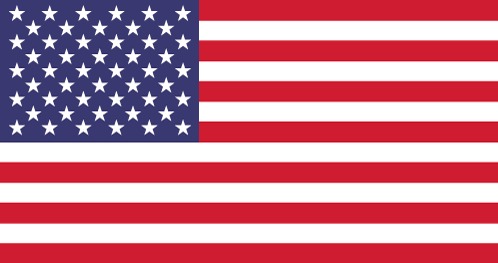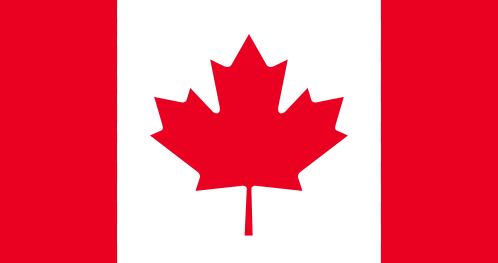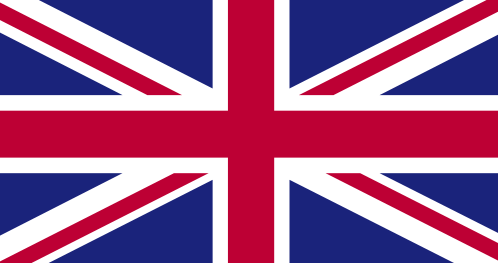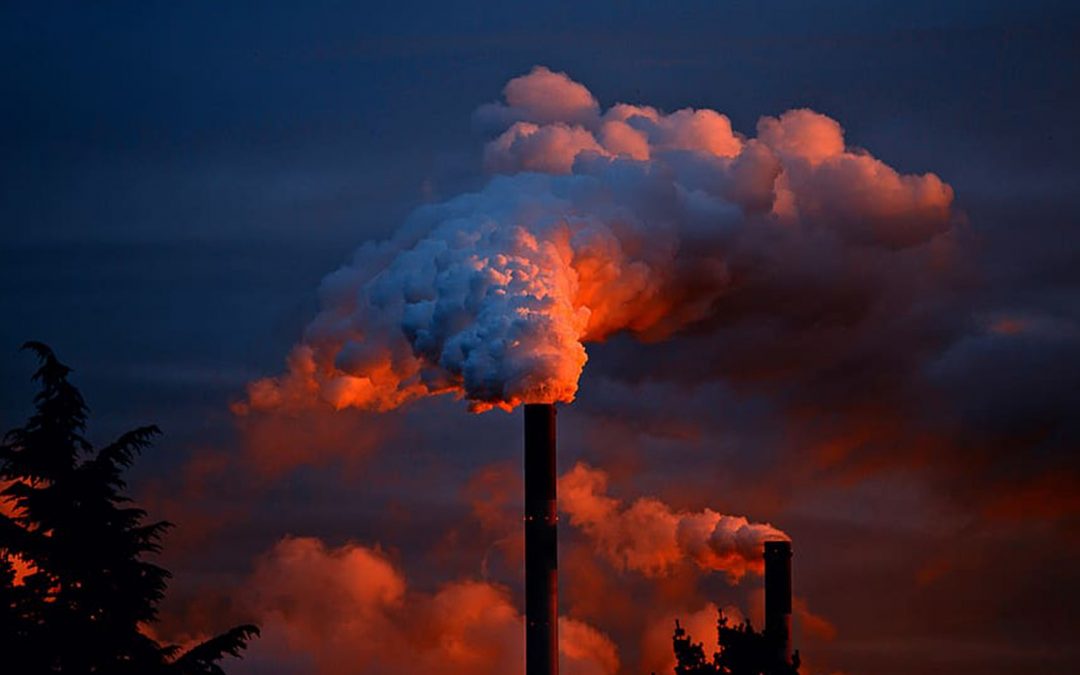Since December 31 2019, when a pneumonia of unknown cause was detected in Wuhan, China and reported to the WHO, manufacturers and industry professionals were tasked to quickly evolve to meet the urgent needs of safety, and curbing its spread.
Within months the world economy drastically changed. Businesses decreed to better understand and eradicate the disease now known as Coronavirus (COVID-19).
Every customer wants a clean facility, but there is an elephant in the room when it comes to personal protective equipment for health and doing the job right.
In engaging in these tough discussions, industry professionals do not want to make their fellow employees nervous, but rather observant of their work environment, and the importance of their job, which is critical in the prevention and spread of disease.
In the industrial cleaning world, our focus is on what the naked eye misses. What can’t be seen can still hurt or even worse, prove hazardous to the general public.
Below are common myths busted by TEAM in stressing for a safer, healthier environment:
Is wearing a mask enough?
- No a mask is never a substitute but should always be a compliment alongside other PPE (gloves, face shields, suits or garments) and cited measures such as physical distancing (or isolation) and handwashing. Remember that together, and with consistency, prevention works best.
I have worn my mask and I am done with it, for now. Is my mask reusable if I leave it out?
- Whatever kind of mask you are wearing, as a general rule, it is better to clean your mask after each use (depending upon supply) then to leave it out. Research has shown that the coronavirus can last on different surfaces for varying amounts of time.Also, depending where and on what surface you leave your mask on, it can be hard to verify when and if a mask is completely virus free, even after the viral load is expected to decrease after a certain period of time. The takeaway is to ensure that your mask is clean. If you can’t, dispose of it. If you need to reuse your mask, de-mask properly and store the mask in a safe and dry place away from where others can potentially access it.
How do I put on and take off my mask?
- There is a right way to put on your mask and to take off your mask, or de-masking. The first step is to always use hand sanitizer or wash your hands before ever handling or putting on your mask. Utilizing the loop portion which goes behind your head, ensure that the mask covers firmly over your nose and mouth.When doing this it is important to make sure that there are no gaps. In addition, avoid touching your mask during masking, or after it is on your face, unless required for adjustments your hands must always be disinfected first.To remove your mask, carefully lift from behind your head, ensuring again that you do not touch the front of the mask. Note that it is always best to put on your own mask. If you need assistance, ensure that the person who is helping you is at a proper distance and has first been properly disinfected.
How do I clean my mask? I’m afraid to damage it.
- Most masks have a limited shelf life, therefore, before cleaning your mask you should perform a few quick inspections and ask yourself some of the following questions. Is my mask damp? If the answer is yes, dispose of it immediately. Is my mask damaged? To determine this, inspect the mask for tears or holes. Never use a damaged mask.To care for your mask, it depends on what kind of mask that you are using and for what application. Do not reuse single-use masks. Some types of masks can be sufficiently cleaned and reused for up to a certain amount of time with soap and water.In industrial applications, methods such autoclaves are highly effective at killing viruses.
Is it ok to wear my mask with a valve for COVID-19?
- Not really! Yes, if you have a mask with a valve, you are protecting yourself as well as you would be if you wore a mask without a valve. But if you have a mask with a valve, you’re not really protecting those around you, which is at least half of the point of wearing a mask in the first place.Research has shown that the virus can spread as droplets, with a critical factor from leakage that may occur when one wears a mask, such as a valve mask. When the user inhales, snap plume or discharge from coughing and sneezes, to leakage can occur anytime. Whether from a limited, to an extended period of time, the virus can become airborne or contaminate surfaces.As COVID-19 can be spread by people who are not showing symptoms, cloth face coverings, when combined with physical distancing and hand washing, may prevent the spread of the virus to others when going outside for essential activities. Cloth face coverings must cover your nose and mouth.
Covering your face is about helping others. By covering your face when you go out for essential reasons, you are being a good neighbor and community member.
Closed masks are usually best. For industrial applications, while less comfortable, valve-less N95 specific masks are the best option to avoid leakage and spread.
Resources:
https://www.who.int/emergencies/diseases/novel-coronavirus-2019/advice-for-public/when-and-how-to-use-masks
https://www.theglobeandmail.com/canada/article-advice-on-masks-is-changing-as-coronavirus-knowledge-evolves/
https://globalnews.ca/news/6774161/coronavirus-n95-masks-clean-and-reuse-university-of-manitoba/






